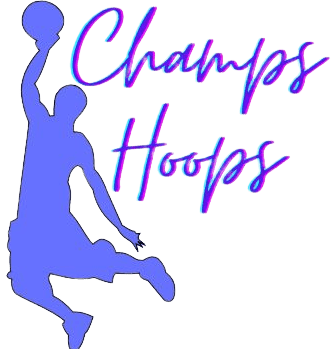Looking for tips on Improving Shot Selection? Good shot selection is something every coach preaches. Players who ignore it view the action from the bench instead of stroking jump shots on the court.
Recognizing and executing high-percentage shots consistently is a prerequisite for reaching…
Do you own a few basketballs, but you haven’t been able to find an appropriate basketball air pump that won’t let you down? Well, then you’re reading the right guide in this case.
When a basketball is not properly inflated, it won’t bounce…
Winning offenses are many and varied, as there are winning coaches. To be successful, any offense must create high-percentage scoring situations from the basic offensive set and secondary options while maintaining adequate rebound coverage and defensive balance.
Those involved in the primary aspect…
It helps to have a size in the sport of basketball. I have had the luxury of coaching size with talent, speed, and heart. Those teams won a lot of games. I have also had the luxury of coaching teams without size,…
Proper conditioning is essential for athletic performance and health, as well as preparing your body for the rigors of competition and the demands of your sport. Adequate conditioning only takes a little talent, but it does take a certain amount of intelligence…
A “must-have” set of basic basketball coaching tips seems to come from anyone who has ever picked up a clipboard and whistle.
I guess I’m no different. The following aspects of coaching the game of basketball are, to me, the bedrock of a successful…
There are 30 seconds left in the game, and you need to burn the clock out. This is where you need to protect the ball from being checked from your hand and stolen. It must be crisp and accurate if you need…
Becoming a great defensive stopper in basketball involves attitude, intelligence, and movement ability. The first two are usually something you’re born with, yet they can be developed somewhat. The last of the three, movement ability, can be taught. Granted, some players are…
Basketball (or “basket ball” as it was originally named) came out of a need to get college-age students something safer to play instead of American Football. Also, there was a gap when summer sports ended as there wasn’t yet a group sporting…
Steps to Install In-Ground Basketball Hoop
Installing an in-ground basketball hoop is something that you don’t want to do more than once if you can avoid it. Some people choose to hire a handy person or a builder to prepare for it.
Tips…
